SawStop Jobsite Tablesaw
In February 2015, the SawStop Jobsite portable saw went on sale
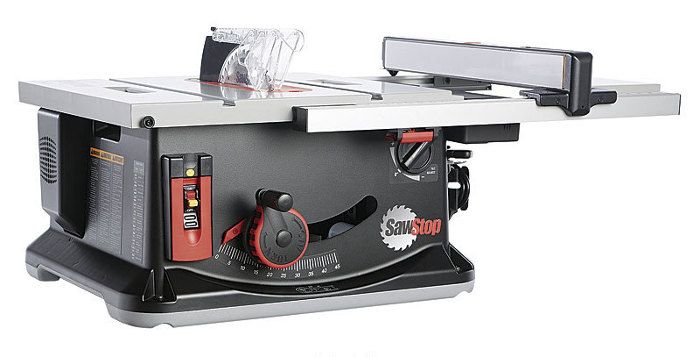
Weight: 79 lb.
Weight with cart: 108 lb.
Max rip: 25-1/2 in.
Max depth of cut at 0°: 3-1/8 in.
Max depth of cut at 45°: 2-1/8 in.
Bevel: –1° to 46°
Max dado width: 13/16 in.
Price: $1300
According to the Consumer Product Safety Commission, 67,000 people are injured every year using tablesaws, resulting in 33,000 emergency-room visits, 4000 amputations, and $2.3 billion spent on medical bills, lost wages, and pain and suffering. Back in 2002, SawStop demonstrated its first flesh-sensing, blade-stopping tablesaw to prevent finger-amputation injuries. Since then, professional woodworkers and hobbyists alike have lauded the company’s cabinet and contractor saws for their high quality and reliability. Unfortunately, these saws are significantly larger and heavier than the tablesaws normally found on job sites. For almost a decade, SawStop has promised a portable job-site tablesaw like those favored by contractors and DIYers—and it’s finally here.
In February 2015, the SawStop Jobsite portable saw went on sale. Within weeks of the tool’s introduction, power-tool giant Bosch announced it would be introducing its own fingersaving saw. Bosch’s and SawStop’s saws and the technology behind them were discussed during the Carlos Osorio lawsuit, a bellwether court case that resulted in a $1.5 million judgment against TTI, the parent company of power-tool maker Ryobi. Osorio was using a Ryobi tablesaw when he nearly cut off his pinky finger and severely injured two other fingers and his thumb.
The new Bosch saw won’t be available until fall 2015, but we’ll be comparing both portable finger-saving saws in a head-to-head test in an upcoming issue.
The new SawStop Jobsite saw includes a folding tube-framed stand that doubles as a rolling cart for transport. Notable features include a blade-height mechanism that adjusts the blade from minimum to maximum height with a single turn, an expanding table for rips up to 25-1/2 in. wide, and a clever onboard storage box for accessories. Like the larger SawStop saws, it uses the principle of capacitance— the ability of an object, such as a finger, to store an electrical charge—to trigger the saw’s aluminum blade break. Once activated, the system stops the blade within milliseconds. After activation, getting the saw up and running again requires a new brake cartridge ($69) and a new sawblade ($30 to $200). The SawStop Jobsite saw is available now and sells for $1300.





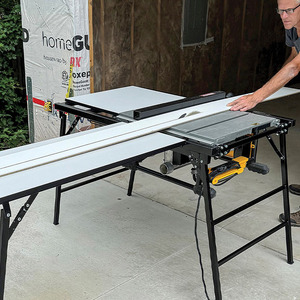






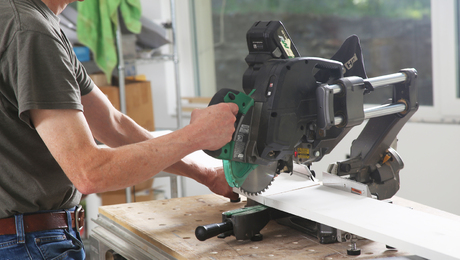
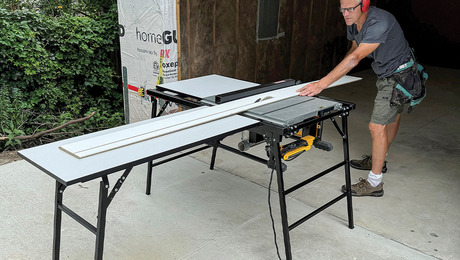
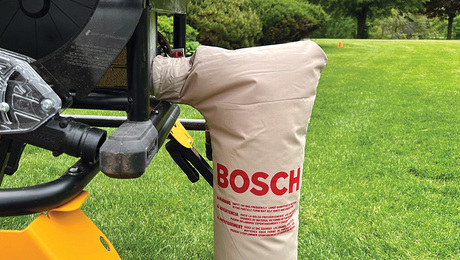











Comments are closed.